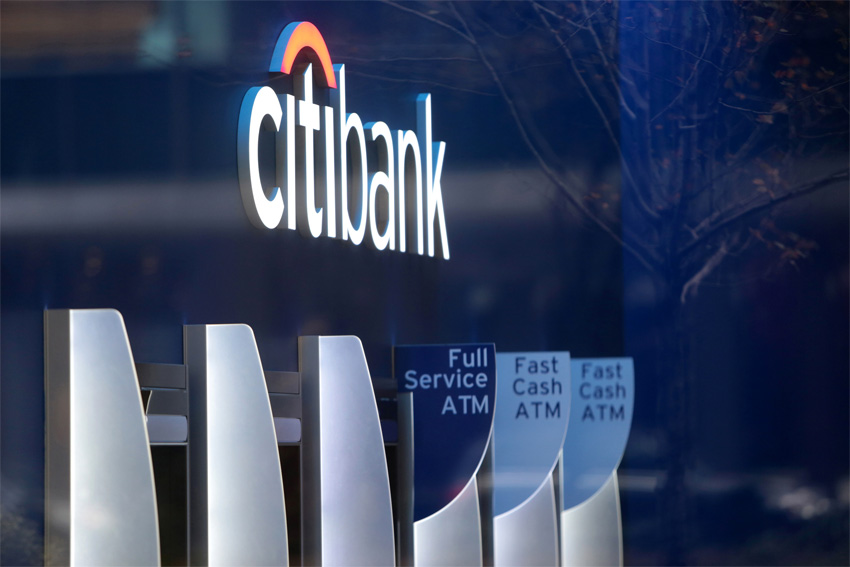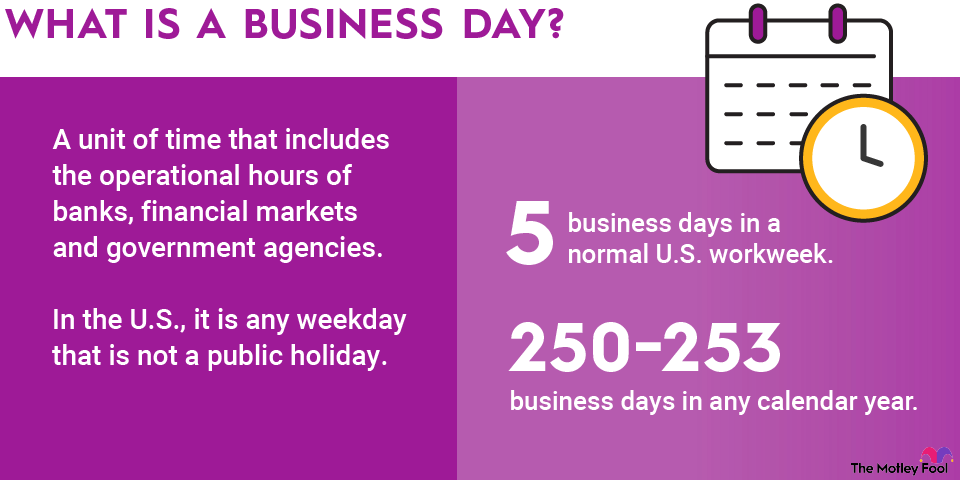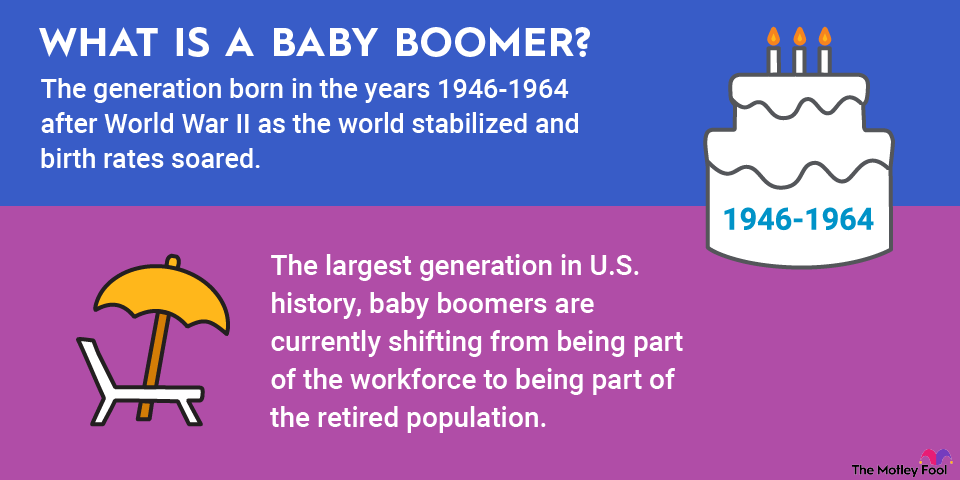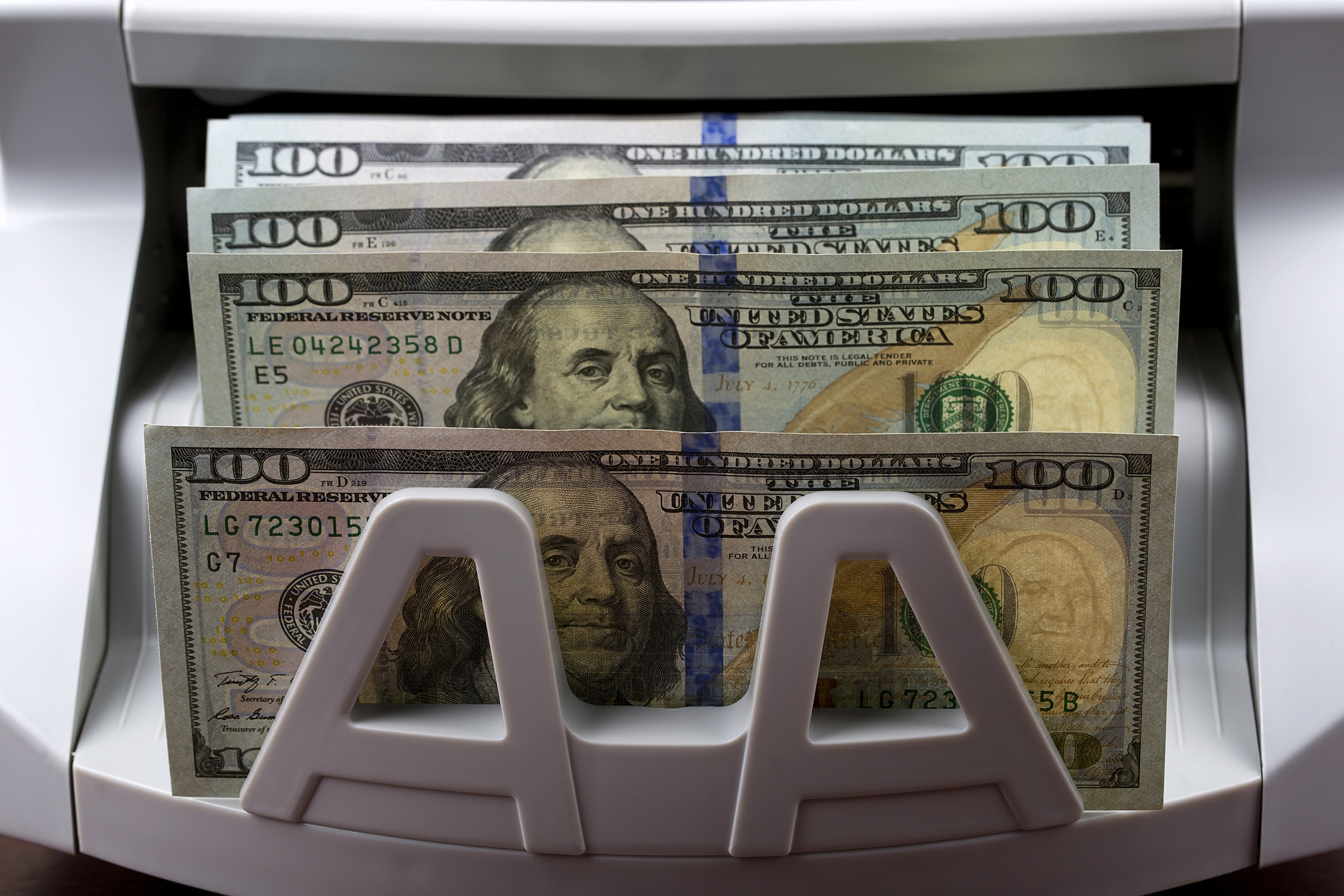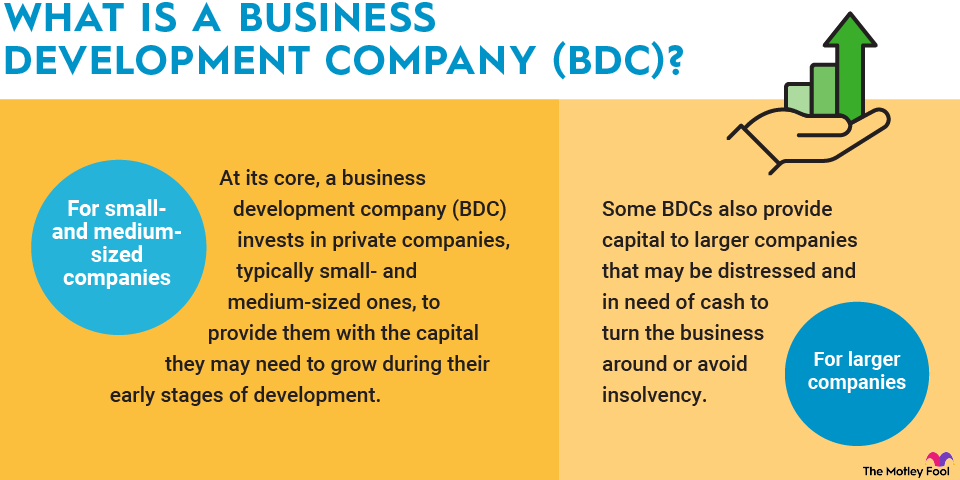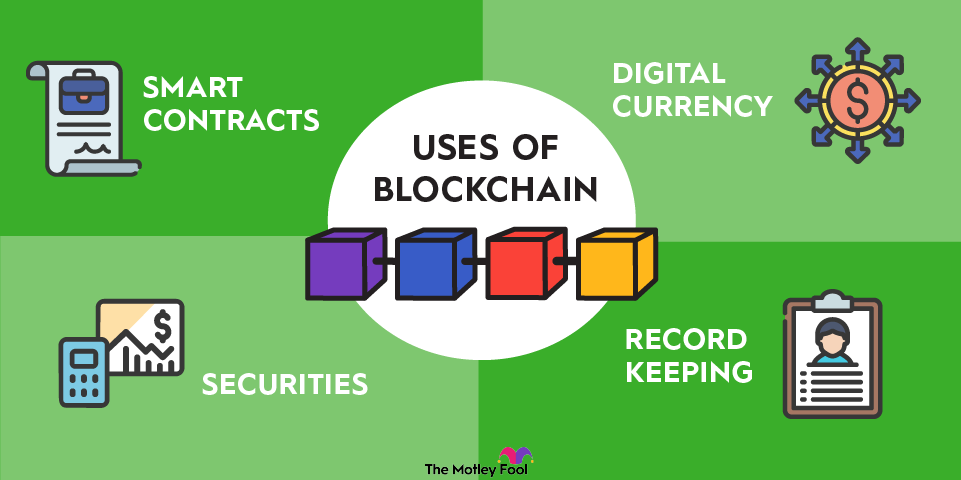A bank failure is the closure of a bank by state or federal regulators, usually because the bank doesn't have enough liquidity to continue normal operations. Regulators will force a shutdown when the bank is in danger of being unable to honor cashed checks, fulfill withdrawal requests, or meet other financial obligations.
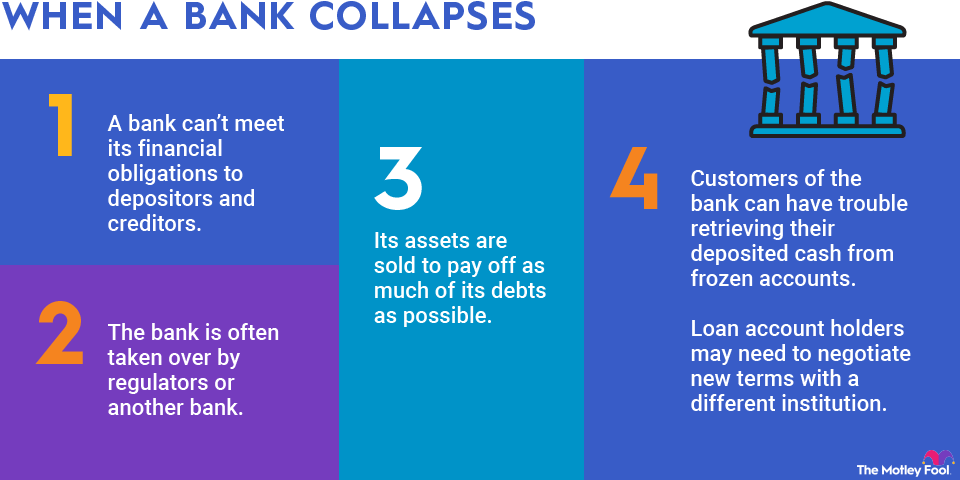
Understanding bank failures
Many bank failures result from a sudden dip in the bank's assets, preventing it from covering its liabilities. A bank's assets include customer loans, cash reserves, and investments. Liabilities are primarily customer deposits and loans from other banks.
A healthy bank has enough assets on hand to fund its immediate and ongoing obligations. This means customers can expect to receive requested withdrawals, and creditors will collect expected payments. It also means the bank has funds available to make new loans to its borrowers. Factors that can negatively affect a bank's asset value are:
- A significant decline in the bank's investments
- An unexpected rise in depositor withdrawals
- An unexpected rise in loan defaults
Federal or state regulators will take charge once it's clear the bank lacks enough liquidity to serve depositors, creditors, and borrowers. State banking commissioners and the Federal Deposit Insurance Corporation (FDIC) can initiate shutdowns.
Protections for depositors
The FDIC is responsible for guaranteeing funds deposited in insured banks and savings associations. Each deposit is insured for as much as $250,000 per insured bank and per ownership category. Ownership categories include single, joint, business, and retirement accounts.
Because the deposit insurance is applied per bank and ownership category, depositors with more than $250,000 in cash on hand can easily expand their protections. They can split their holdings across two banks, for example, or across single and joint accounts.
FDIC insurance applies to checking accounts, savings accounts, money market deposit accounts, and certificates of deposit (CD). It does not cover stocks, bonds, mutual funds, annuities, or cryptocurrency.
Outcomes of bank failures
When a bank fails, the FDIC notifies depositors immediately. The agency then repays the bank's customers for all insured deposits, typically within two business days. Additionally, the FDIC will attempt to arrange a sale of the failing bank's assets to a healthy bank. If that effort is successful, the new bank will contact the customers of the failed bank, notifying them of the pending transition.
The new bank would typically become responsible for any deposits in excess of FDIC insurance limits. If an asset sale isn't possible, the FDIC will seize the failed bank's assets and settle its debts. Deposits in excess of FDIC insurance limits will be repaid only if sufficient funds are available.
SVB took extreme measures to adjust to increasing customer withdrawals. On March 8, 2023, the bank announced it had sold bonds at a $1.8 billion loss and was planning to sell its own stock to raise $2.25 billion. The announcement sparked panic among SVB's customers, many of whom rushed to withdraw their funds -- exacerbating an already troublesome situation.
On March 10, 2023, the California banking regulator announced it had taken over SVB and appointed the FDIC to settle the bank's obligations. Two days later, the Treasury, Federal Reserve, and FDIC announced that all depositor funds, even those that exceeded standard FDIC limits, would be repaid. Most of SVB's assets were later sold to First Citizens Bank (FCNCA +0.05%).

